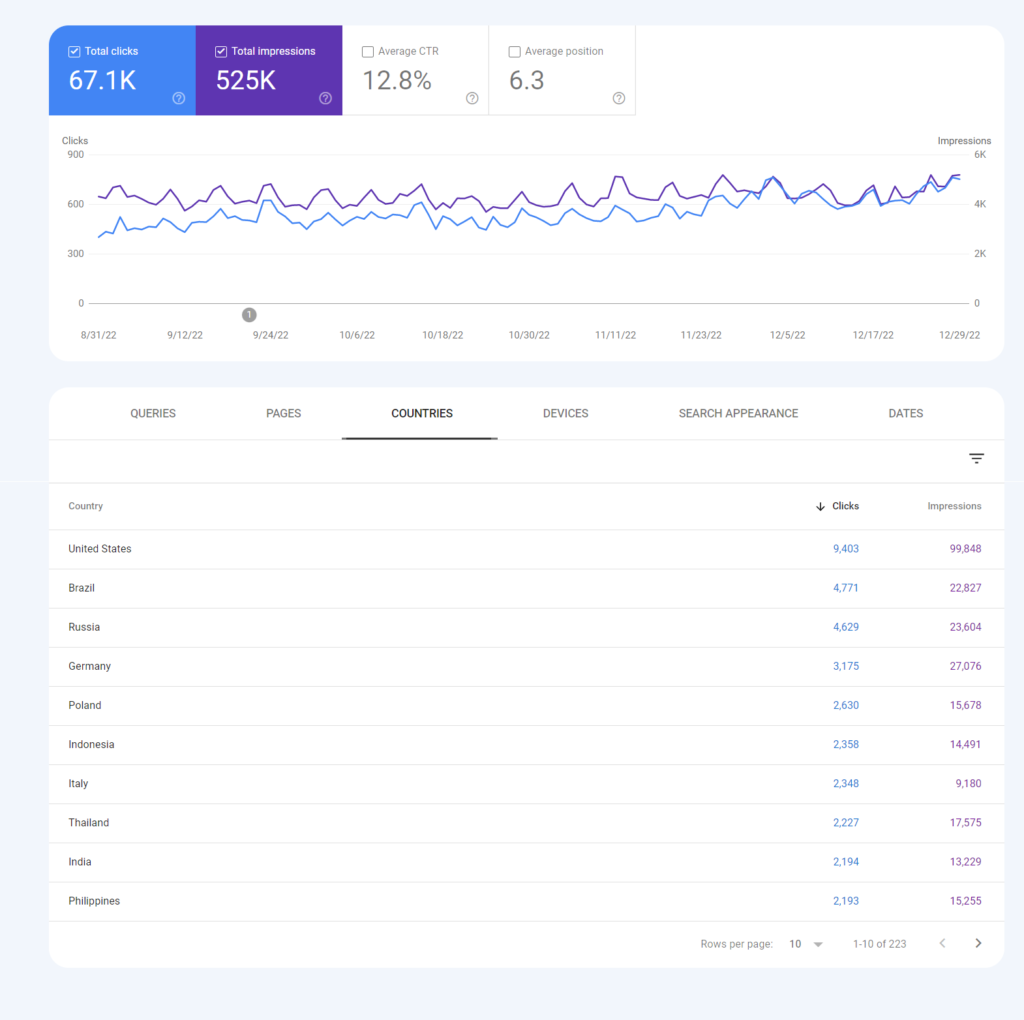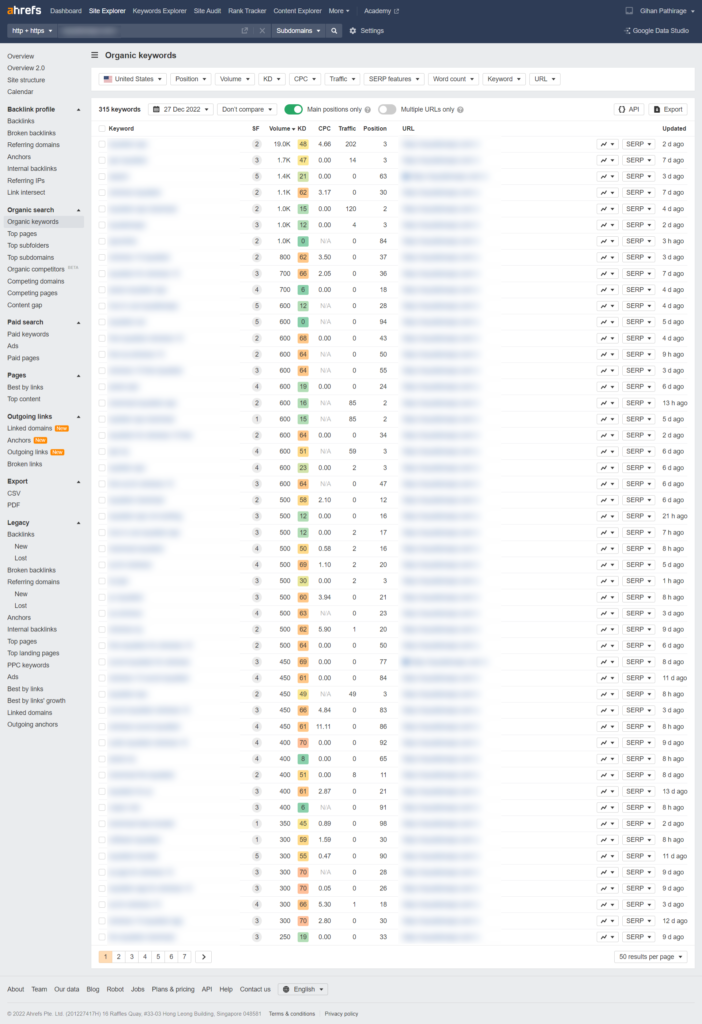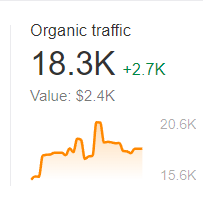I recently completed an SEO project for a website about an open source software. When I first started working on it, the website was barely getting 400 organic visitors a month. But after just four months, I was able to boost the traffic to a whopping 900 visitors a month. In this case study, I’m gonna break down the tactics and strategies I used and show you the results. I hope it’ll give you some valuable insights and inspiration for anyone looking to give their website’s search engine visibility a boost.
Initial Observations
- The website was not focusing on their branding keywords.
- The website had a unmonitored comment section where users could spam.
- The website was targeting big keywords that they didn’t have the budget to compete for.
- The website didn’t have properly optimized content.
- The website had a poor user experience, with slow loading times and a cluttered design.
- The website had a low level of social media engagement and no presence on industry-specific forums or blogs.
- The website had a low number of high-quality backlinks from authoritative sources.
- The website had poor meta descriptions and titles, making it difficult for search engines to understand the content and relevance of the pages.
- The website had outdated or irrelevant content that was not addressing the needs or interests of the target audience.
- The website had technical issues such as broken links, duplicate content, and crawl errors, which could affect its ability to rank in search results.
- The website had a high bounce rate, indicating that many visitors were not finding the content or experience engaging and were quickly leaving the site.
- The website had a slightly high MOZ spam score, indicating that there may be some issues with the website’s link profile or other factors that could affect its ranking in search results. While this metric should not be relied upon exclusively, it can be useful as one of many indicators of a website’s overall SEO health.
Actions Taken
- Conducted keyword research to identify relevant and targeted keywords to focus on.
- Conducted a website audit to identify technical issues and opportunities for improvement.
- Optimized the website’s on-page elements such as titles, meta descriptions, and content to better match targeted keywords and improve relevance to search engines.
- Improved the user experience by optimizing website speed, cleaning up the design, and making it more mobile-friendly.
- Built high-quality backlinks from authoritative sources to improve the website’s overall link profile and improve its ranking in search results.
- Created new, relevant and high-quality content that addressed the needs and interests of the target audience.
- Monitored and managed the website’s comment section to prevent spam and ensure that all comments were appropriate and contributed to the overall value of the website.
- Implemented a heatmap tracking on the website to understand user behavior and identify areas of the site that were receiving the most engagement.
- Analyzed the heatmap data to identify areas of the website that were not performing well and needed improvement.
- Used the insights from the heatmap analysis to make changes to the website’s layout and design, including moving or removing elements that were not receiving enough engagement.
- Re-ran the heatmaps after making changes to the website to measure the impact on user engagement and identify any further opportunities for optimization.
- Used tools such as Ahrefs and SEMrush to identify toxic links in the website’s link profile and disavowed them to improve the website’s overall SEO health and avoid potential penalties from search engines.
- Conducted ongoing monitoring and analysis to track the website’s performance and identify areas for further improvement.
Results
- The website’s loading speed was improved, which likely contributed to the decrease in bounce rate and increase in user engagement.
- The bounce rate of the website was lowered almost immediately after making the changes, within just a couple of days.
- The website slowly gained more keywords, indicating an increase in the relevance and visibility of the website in search results.
- Overall, MOZ spam score was lowered by 2, indicating an improvement in the overall quality of the website’s link profile.
- After four months, traffic to the website had almost tripled, likely due to the combination of improved technical SEO, user experience, and content quality.
- As the website is monetized with AdSense, the increased traffic has likely also contributed to increased ad revenue.







